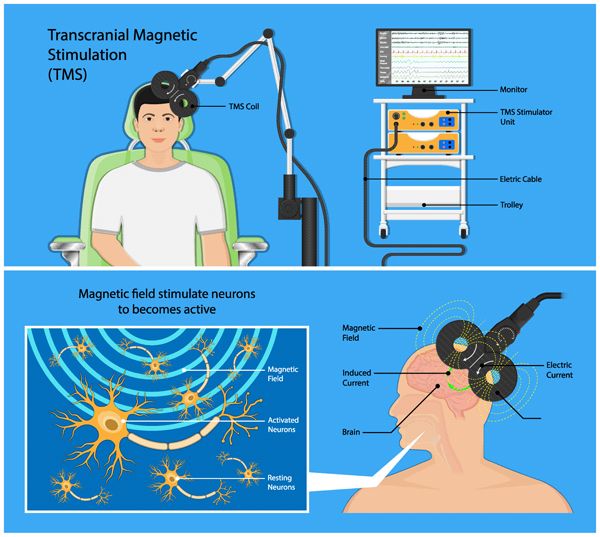Blog post 1
Rubber hand illusion
One topic of perception that is completely compelling is the rubber hand illusion. The rubber hand illusion is when a person sits down at a table with both arms on it and forearms facing down. They then place a divider so you can no longer see one of your arms. Instead, they place a rubber arm with a hand in the position your arm could be. Synchronously they then stroke your index finger that you cannot see and the rubber one. After two and a half minutes of this people begin to experience that the rubber hand is their own.
I found this topic to be very intriguing and hard to believe honestly. It is hard to imagine people being tricked into believing a rubber hand is their own but seem to work every single time. This shows the power perception truly has over us even when we are not conscious of it. I also find it interesting how the senses work together in scenarios like this. Meaning that this is multisensory. Not only are they using touch, but they are also using sight as well. Topics like this and the out-of-body experience make it seems as if they are magic tricks, but really it is us that are tricking ourselves.
While doing more research on the topic I found a video of this being performed to multiple people and their reactions were very entertaining:
https://www.youtube.com/watch?v=iPFSgLDCvAs
Reference
Rosenblum, L. D. (2011). See what I'm saying: the extraordinary powers of our five senses. W.W. Norton.




